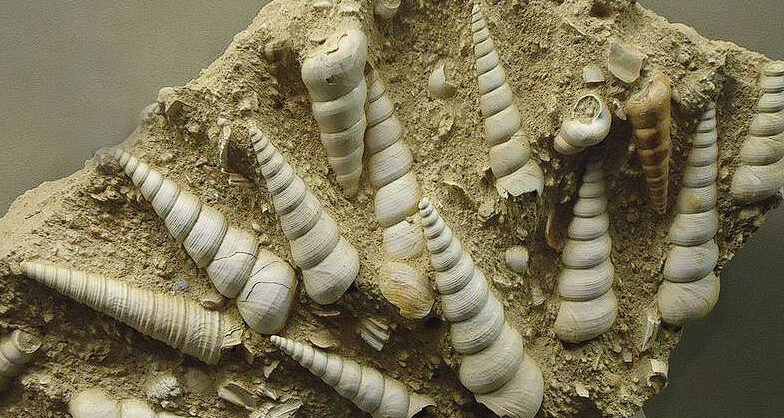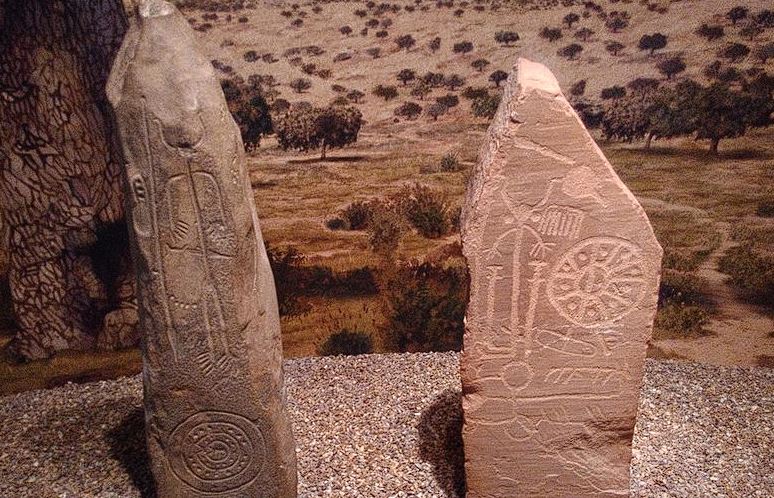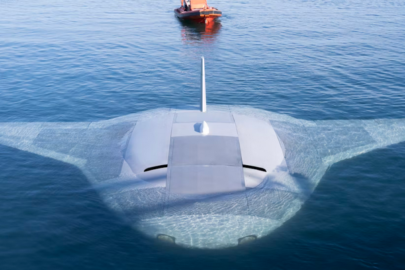An “extraordinary” secret fossil spot in Wales contains the preserved eyes and brains of 462 million-year-old creatures hidden amidst a hoard of unknown species, a new study finds.
Last year, weird “bramble snout” fossils were documented at the site called “Castle Bank,” but new research published May 1 in the journal Nature Ecology and Evolution(opens in new tab) describes the whole fossil deposit.
Hosting a myriad of soft-bodied marine creatures and their organs, which are scarcely preserved in the fossil record, the site resembles the world-renowned Cambrian deposits of Burgess Shale in Canada and Qingjiang biota in China. The rocks of Castle Bank, however, are 50 million years younger and give researchers a unique window into how soft-bodied life diversified in the Ordovician Period (485.4 million to 443.8 million years ago), according to a statement released by Amgueddfa Cymru – Museum Wales.
Researchers believe they’ve recovered more than 170 species from the site, most of which are new to science. These include what appear to be late examples of Cambrian groups, including the weirdest wonders of evolution, the nozzle-nosed opabiniids, and early examples of animals that evolved later, including barnacles, shrimp and an unidentified six-legged insect-like creature. The rocks are also home to the fossilized digestive systems of trilobites and the eyes and brain of an unidentified arthropod, as well as preserved worms and sponges.
source livescience.com
also read
Scientists catch real-life Death Star devouring a planet in 1st-of-its-kind discovery





































